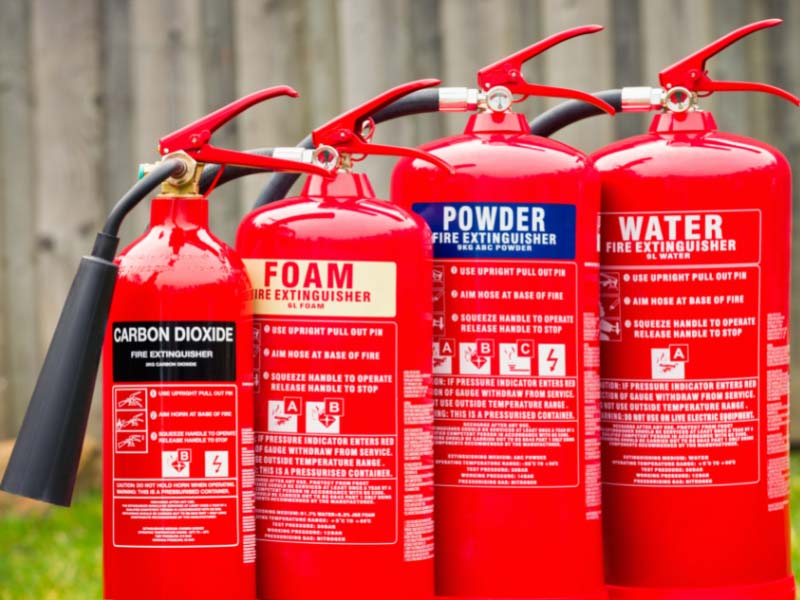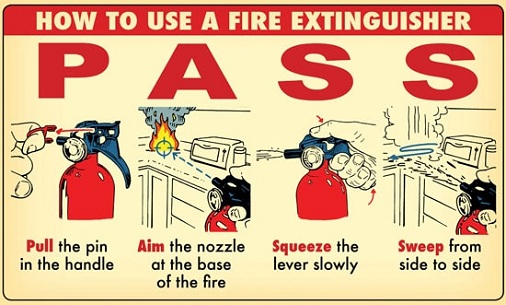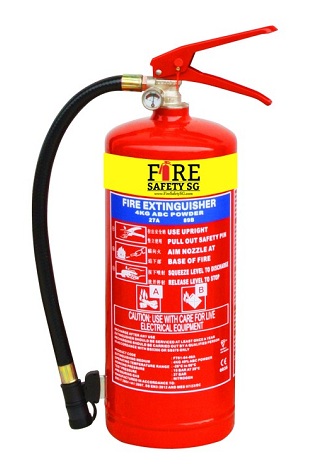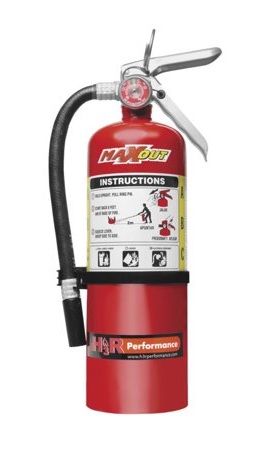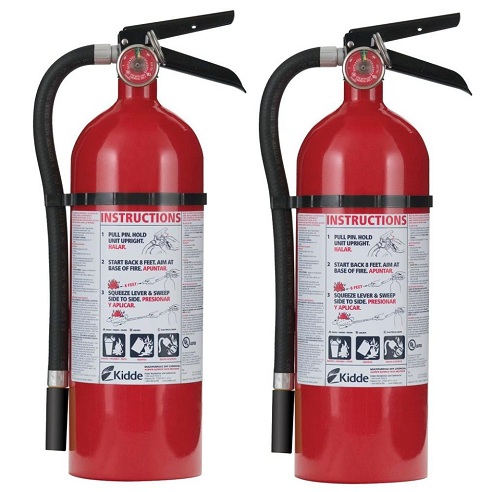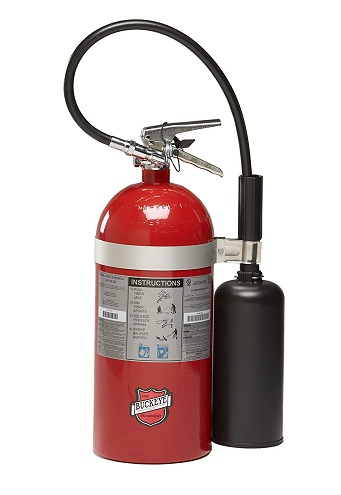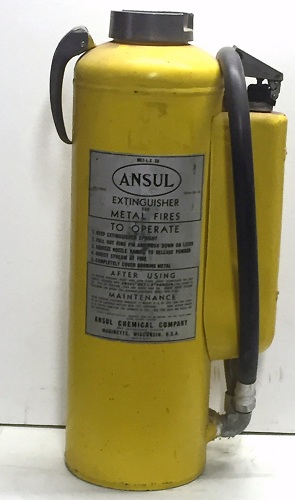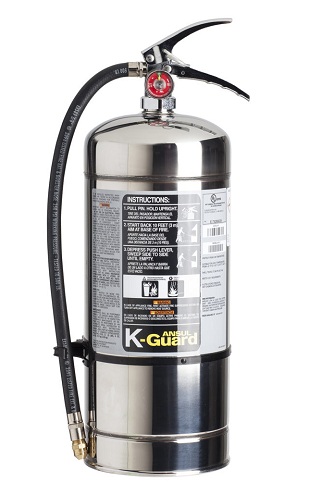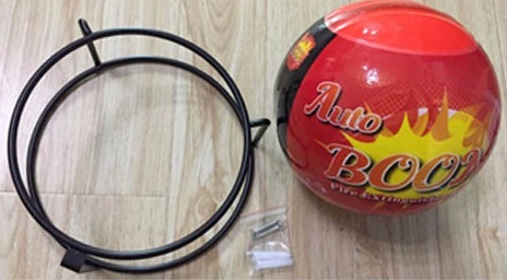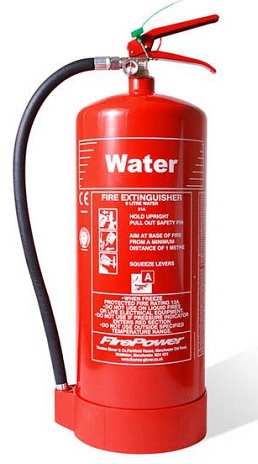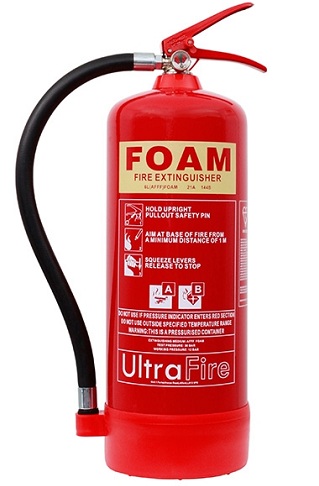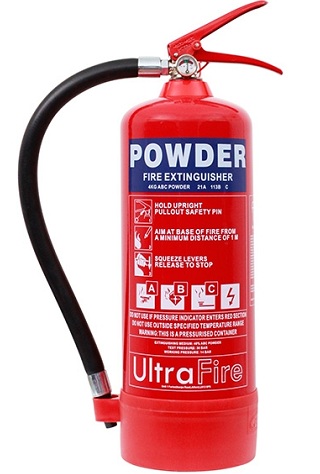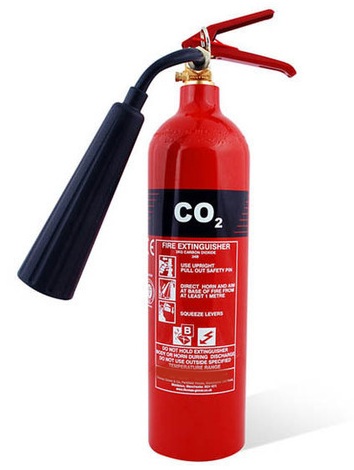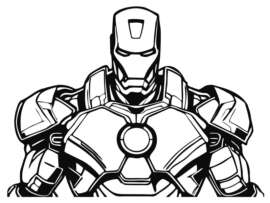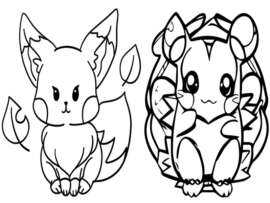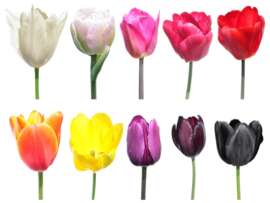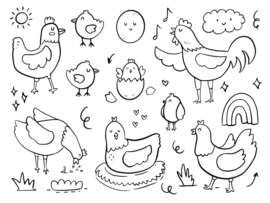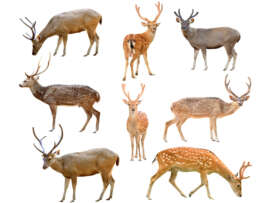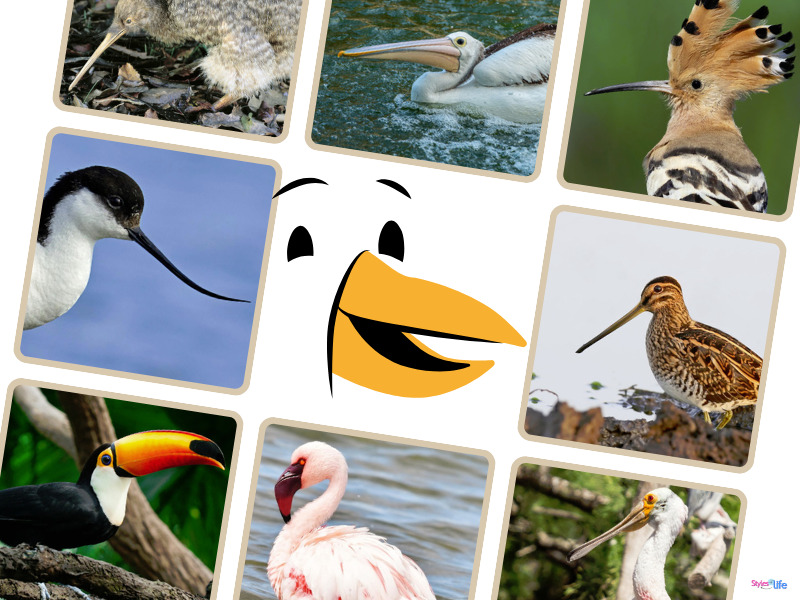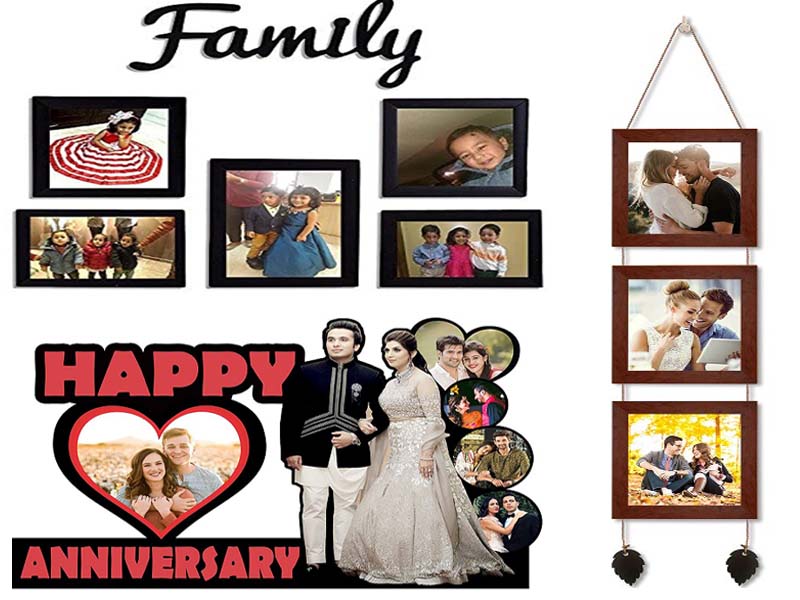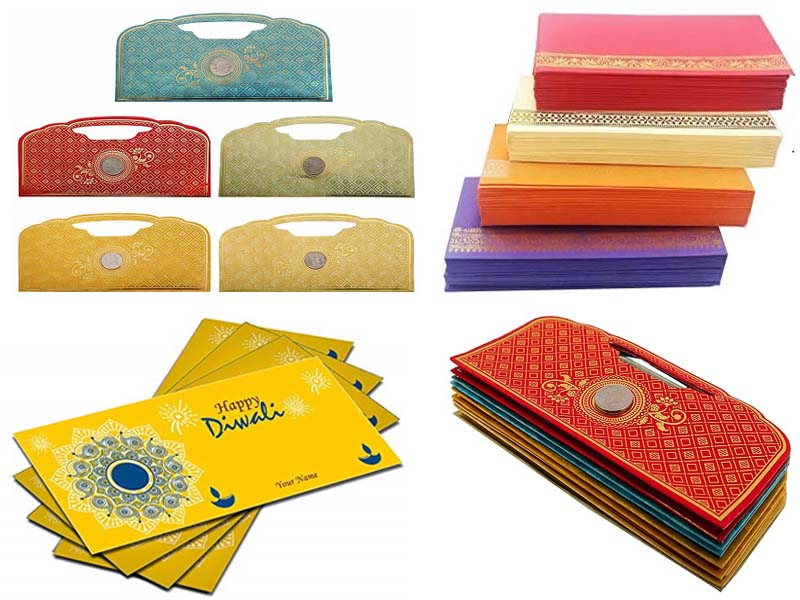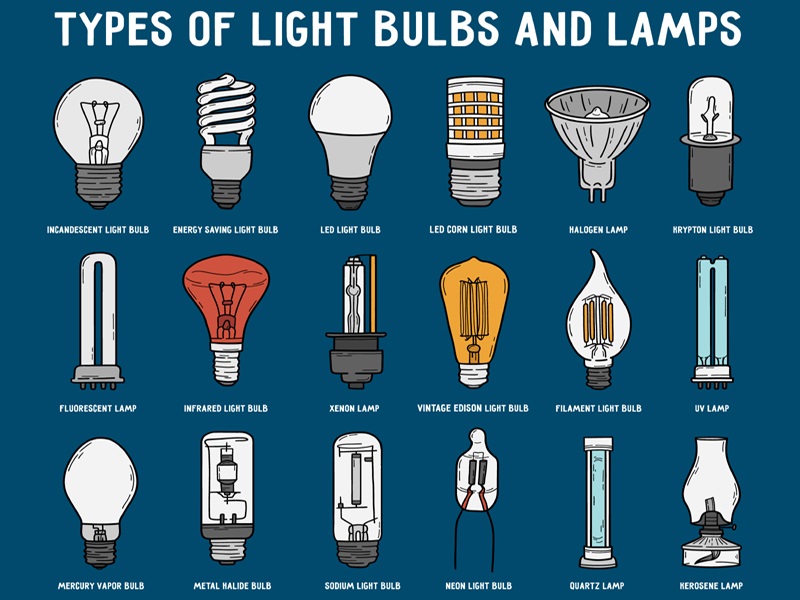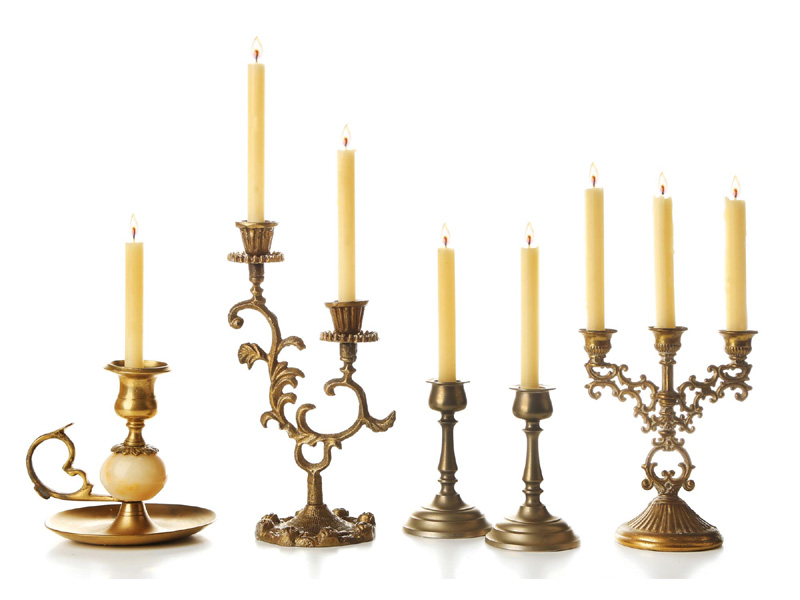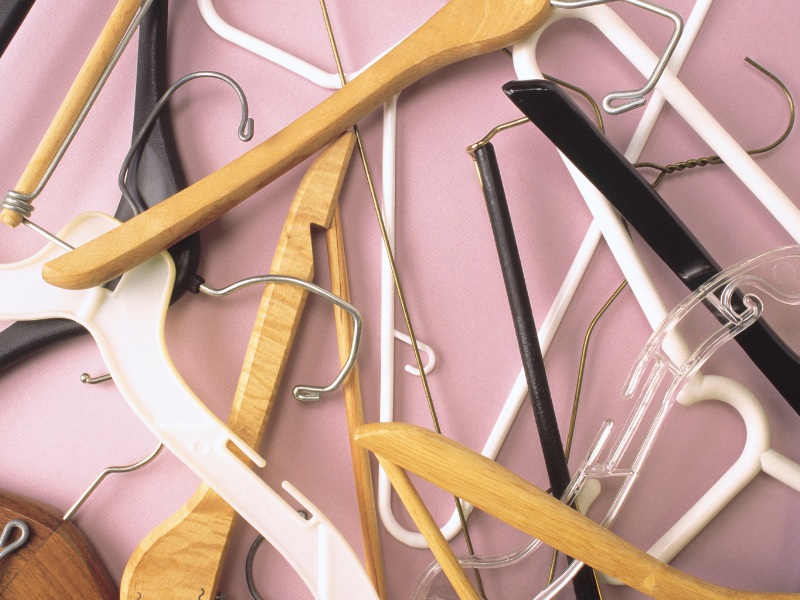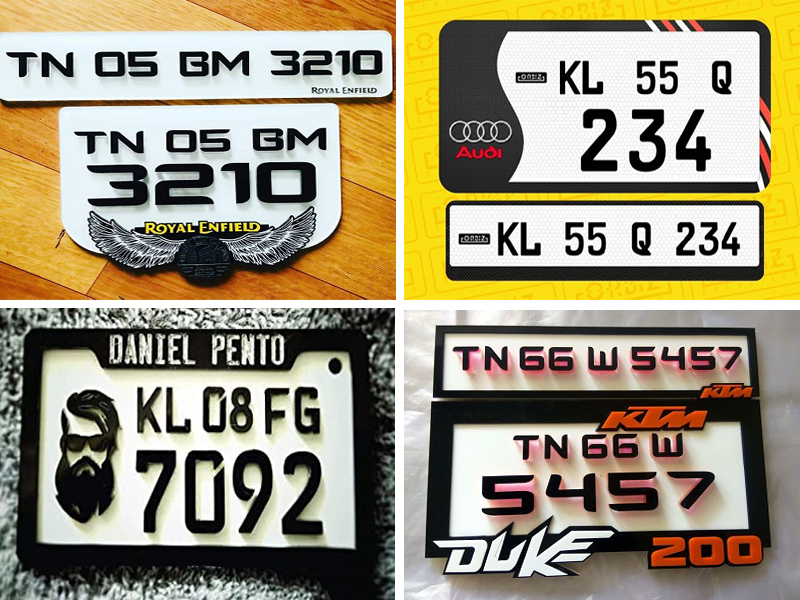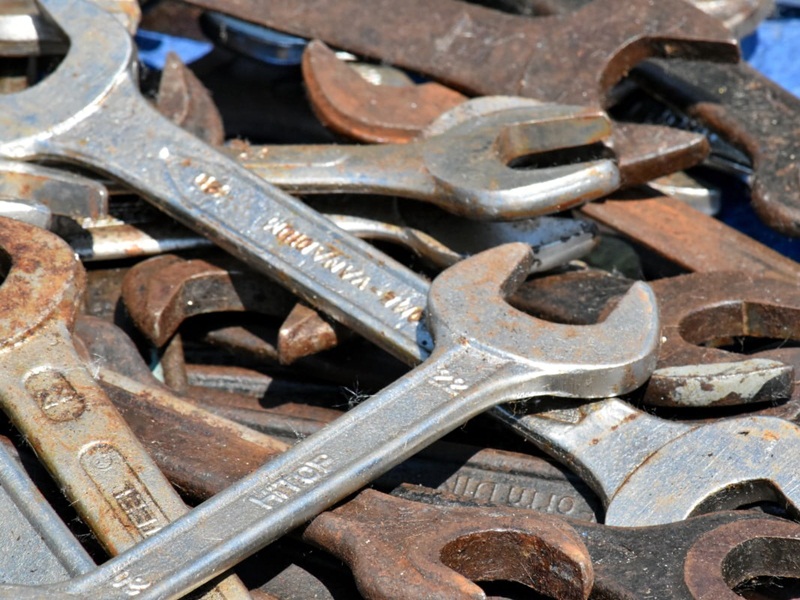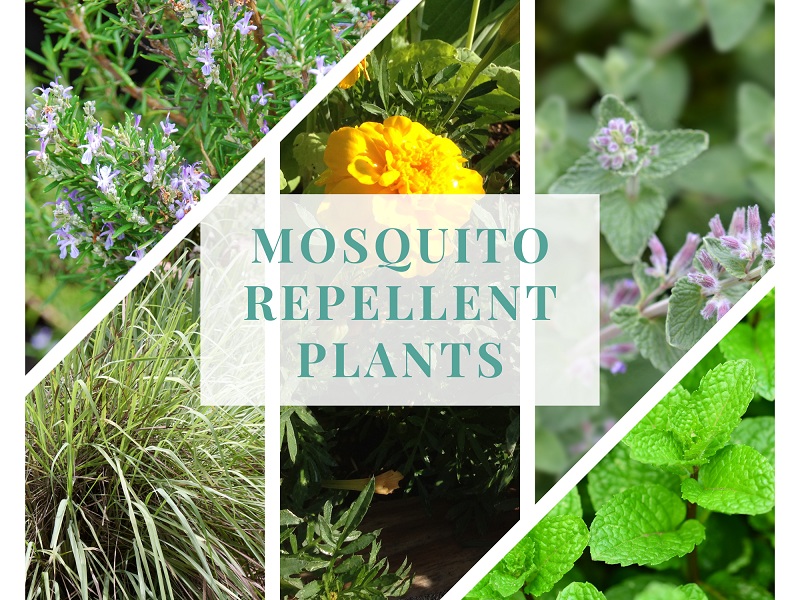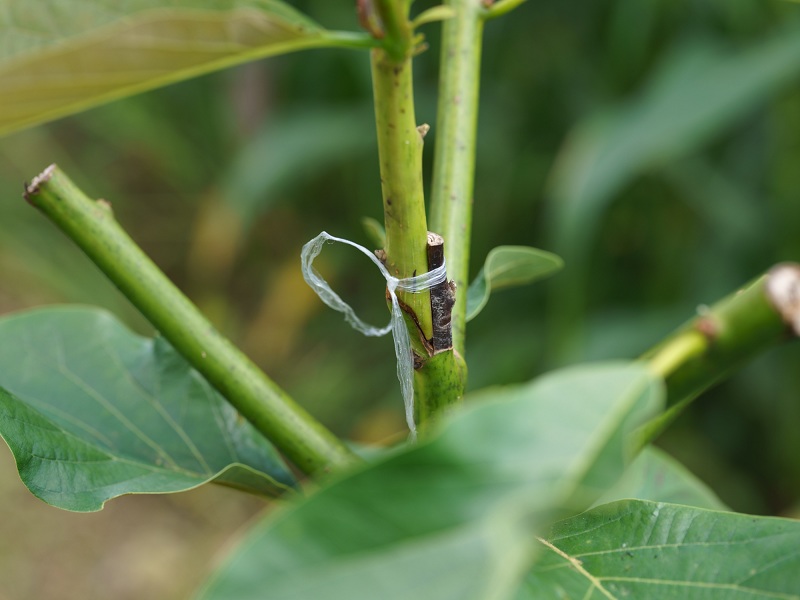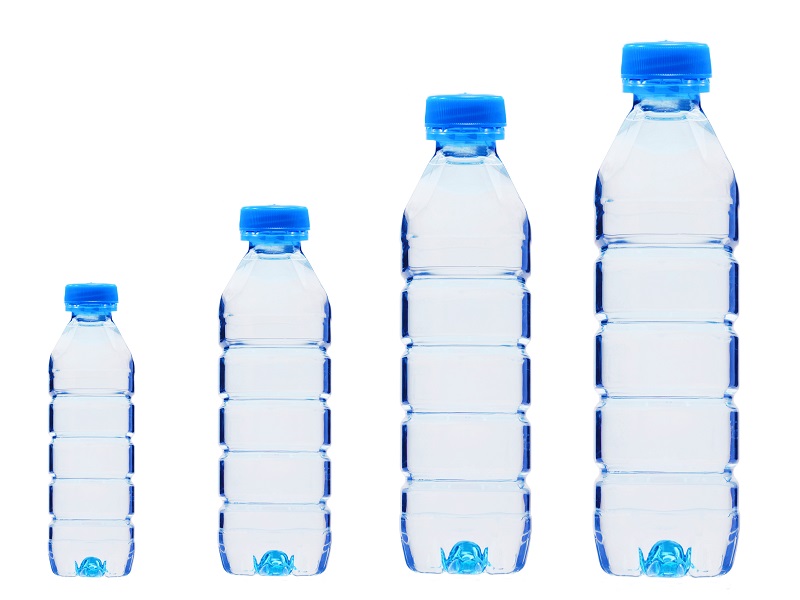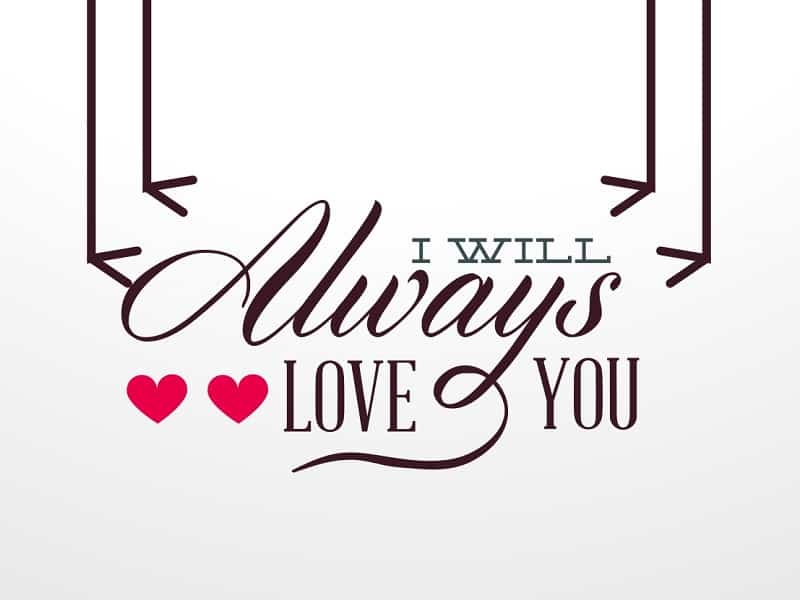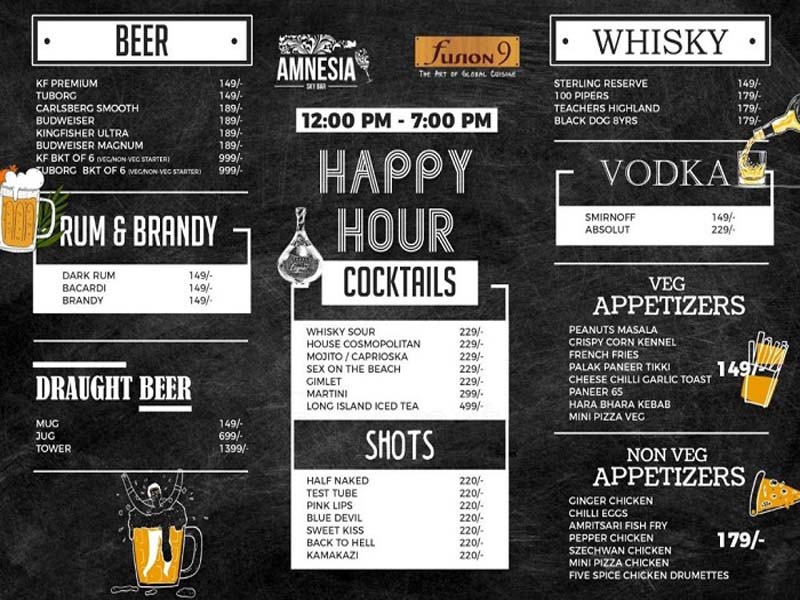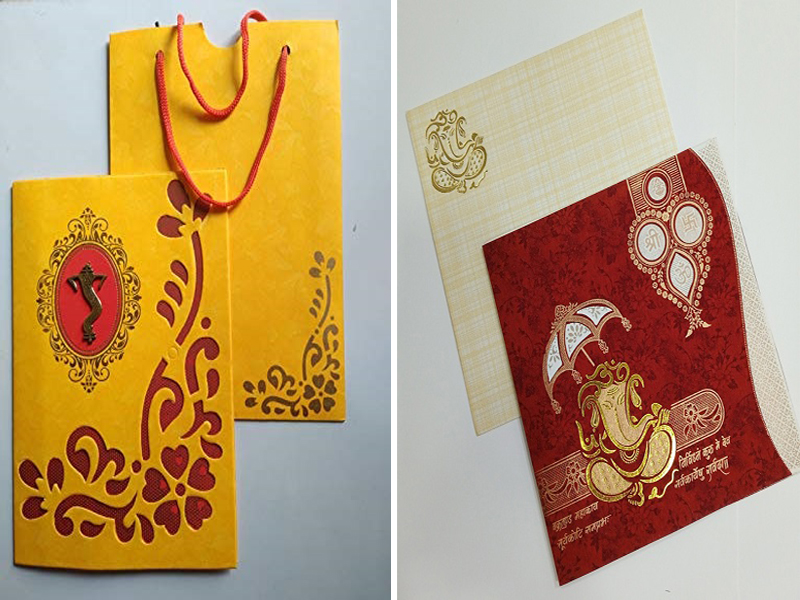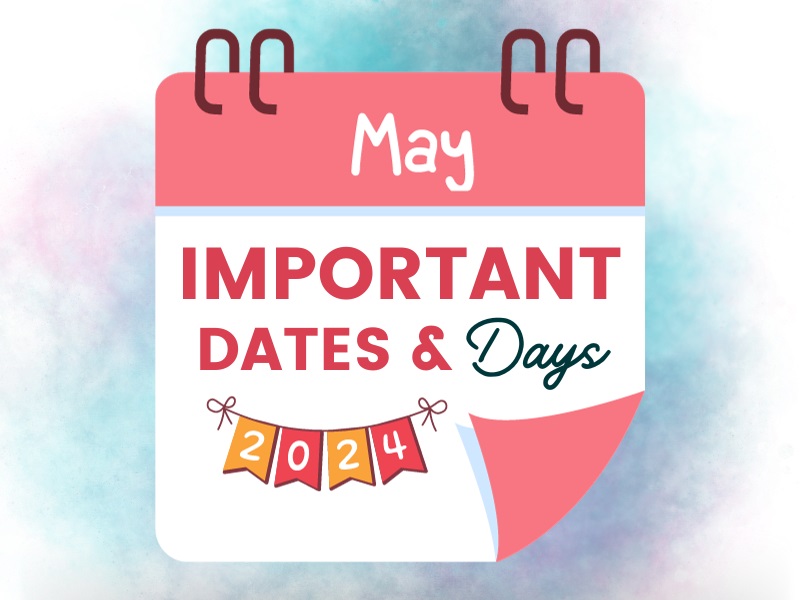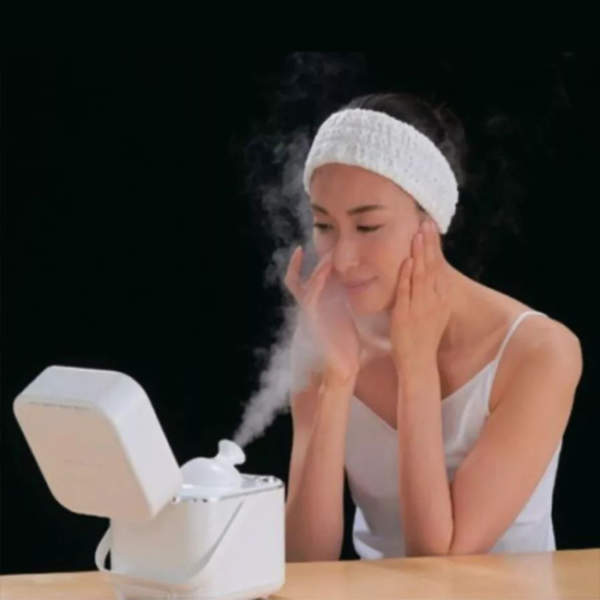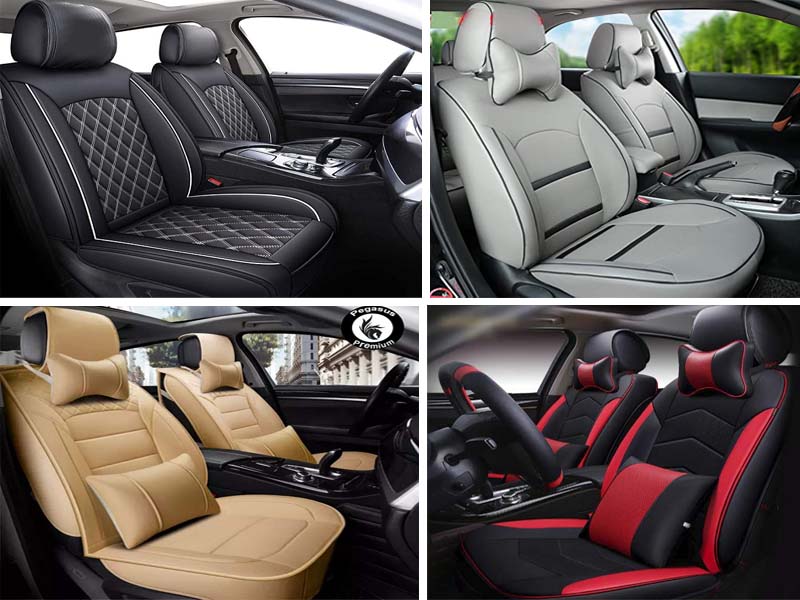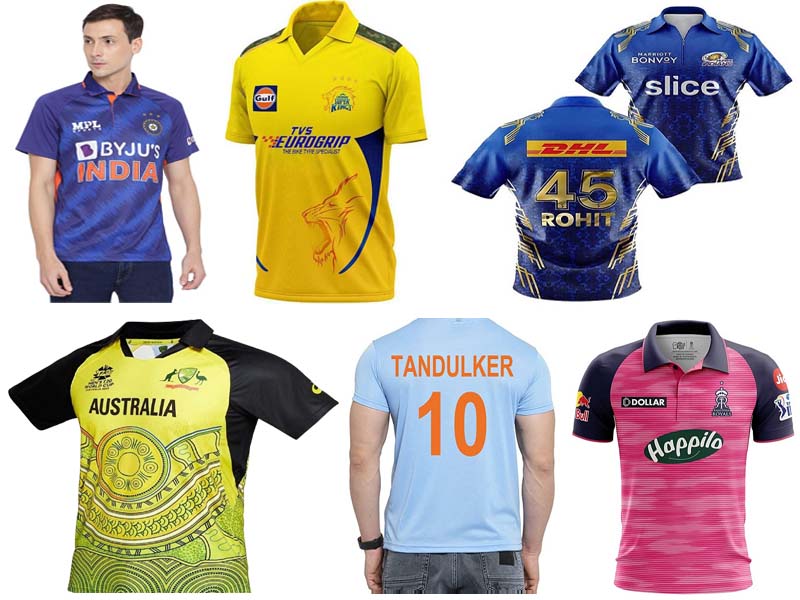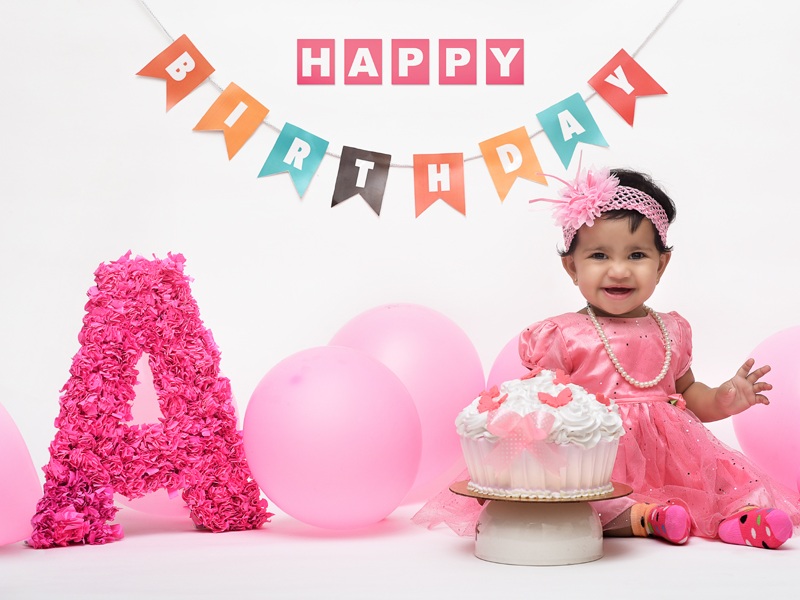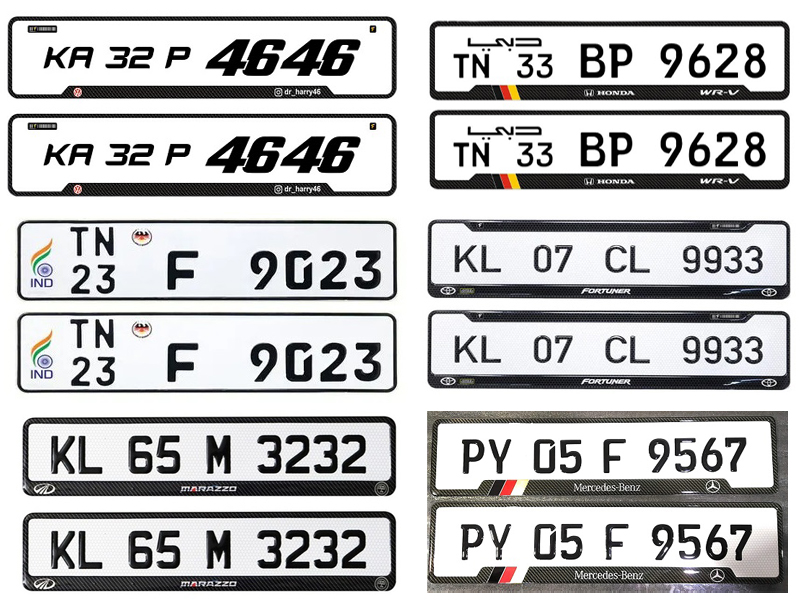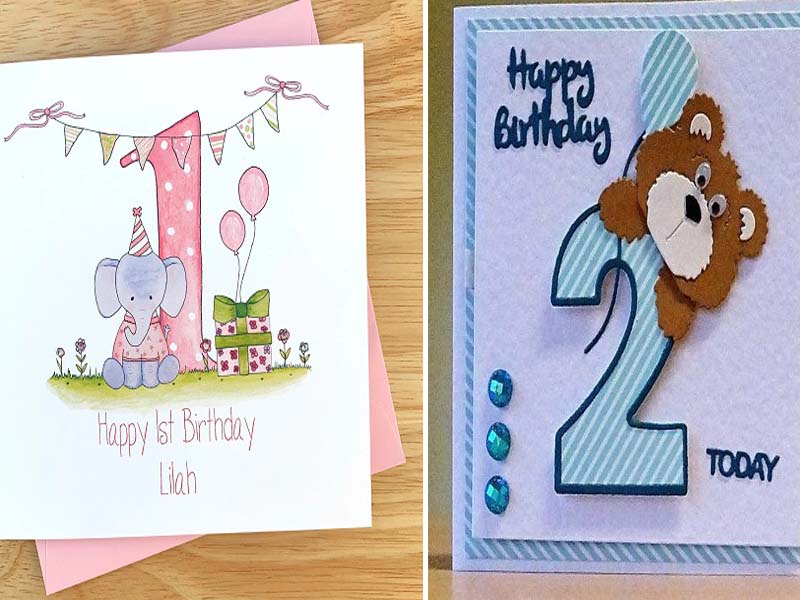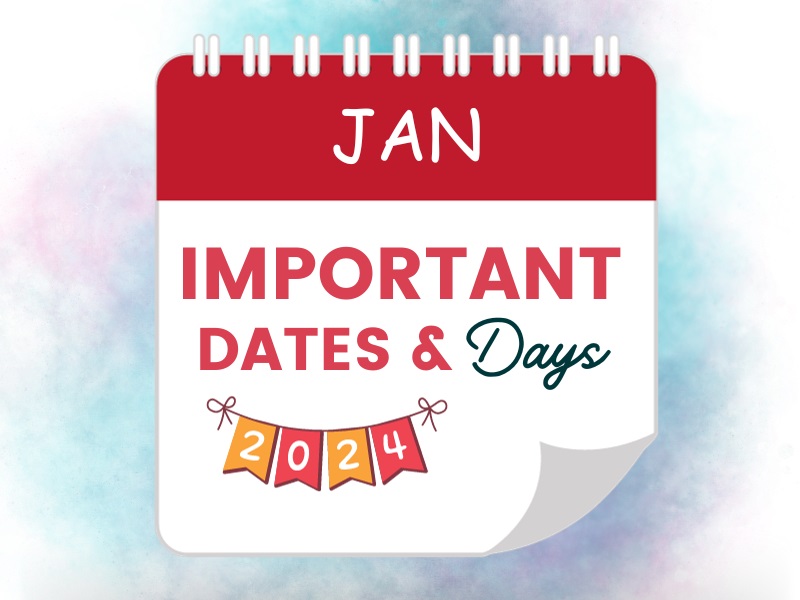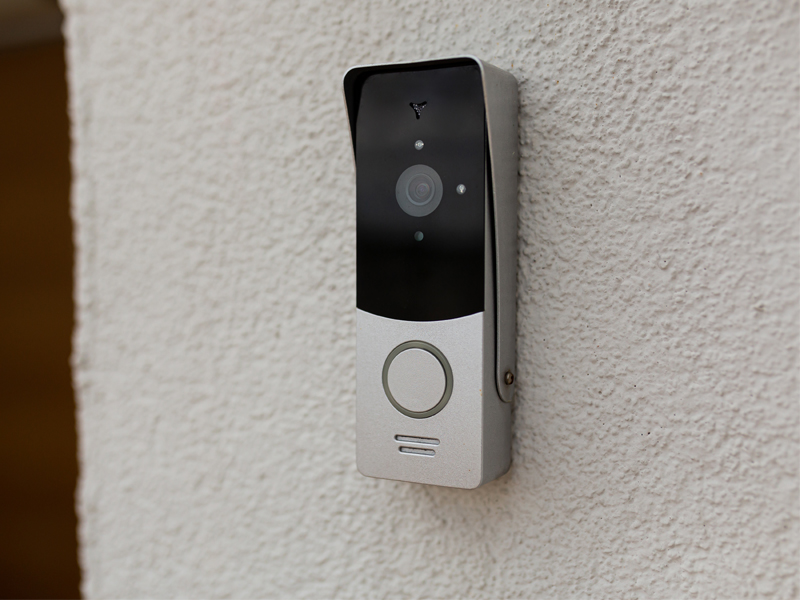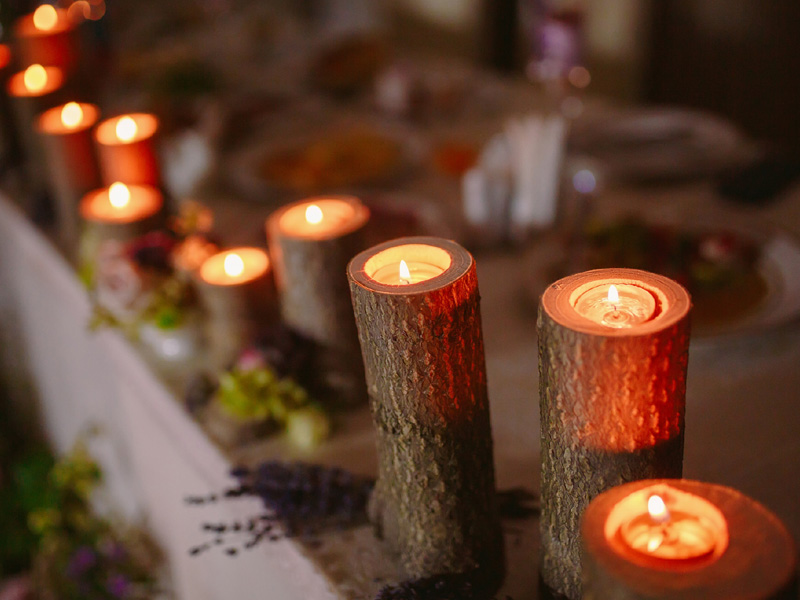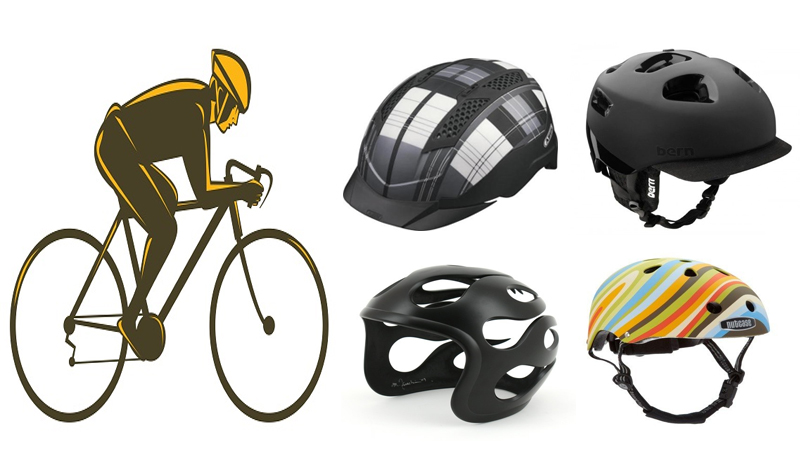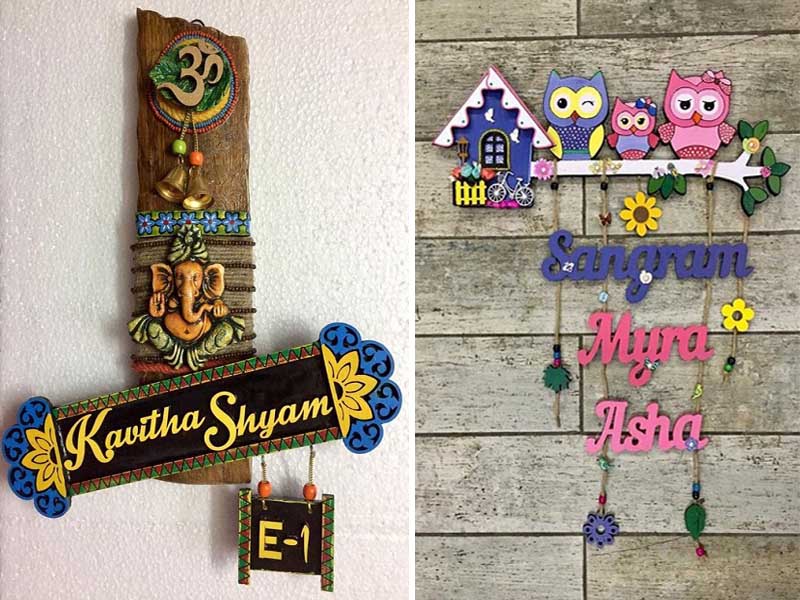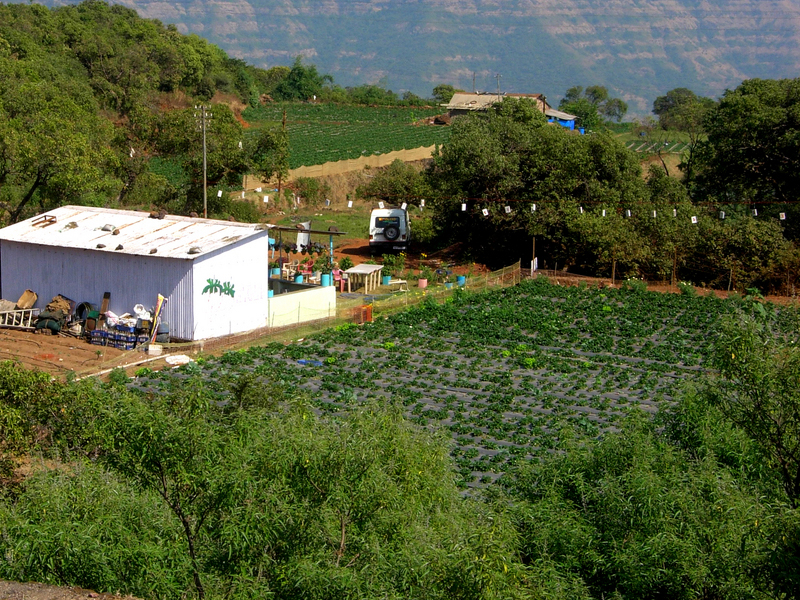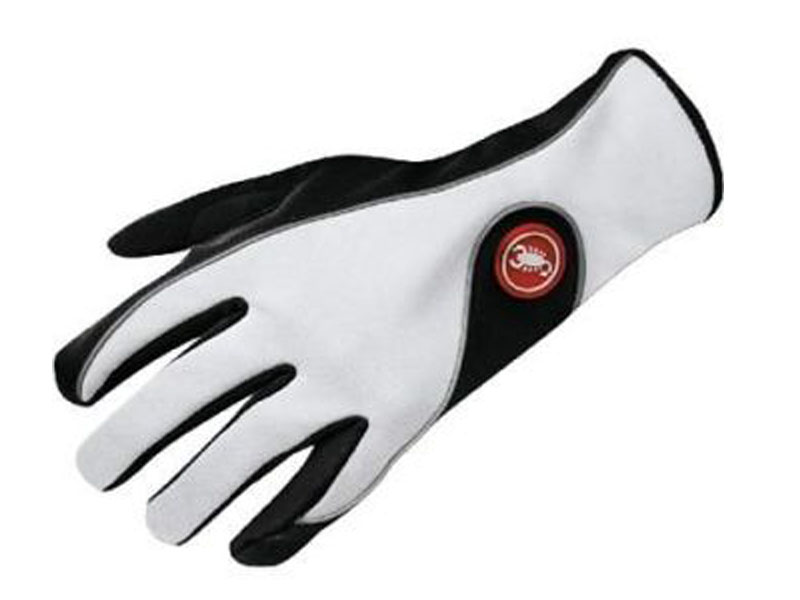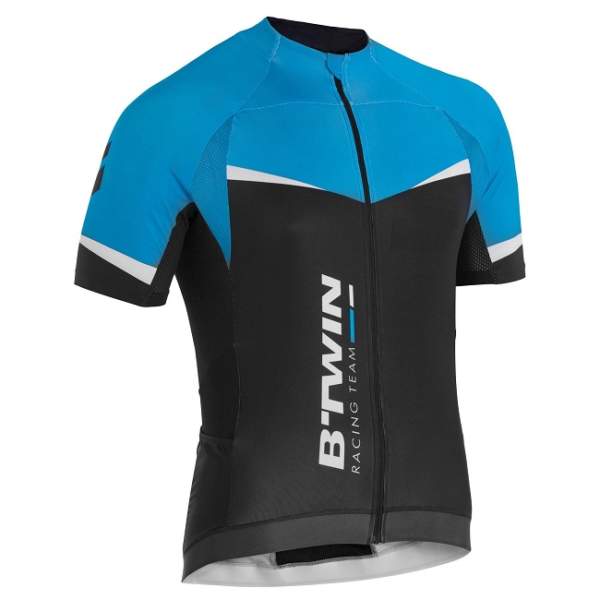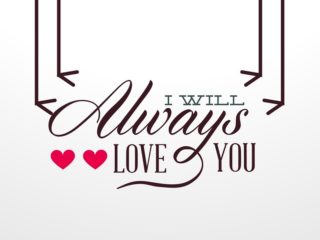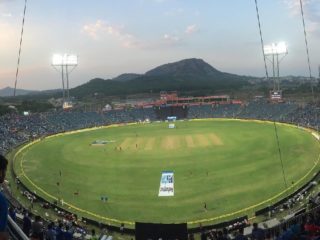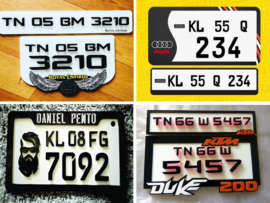A spark of fire could destroy even a castle. Fire is one such dangerous element of the five great elements of life. Each of the elements is dangerous, and fire is one of the most dangerous elements. Fire is usually put off by water, and it has been the method followed for a very long time. But then extinguishers were found to put off the fire. Extinguishers are in a variety that it is used based on the source of the fire. The extinguishing agent in each extinguisher supports setting off the fire based on the usage. Some types of fire extinguishers are meant to be used for fire out of paper, wood and plastic. Likewise, every source of the fire has a particular agent that could set the fire off.
What is a Fire Extinguisher?
In general, a fire extinguisher is an active fire fortification device used to extinguish or regulate small fires. It is not advisable to use on an out-of-control fire, such as one that has reached the ceiling; it risks the user or else requires a fire crew’s expertise. A fire extinguisher consists of a cylindrical pressure vessel containing an agent that could be discharged to extinguish a fire. Fire extinguishers that are manufactured with non-cylindrical pressure vessels also exist but are less common in usage.
There are two important categories of fire extinguishers:
- Stored-Pressure: The stored pressure has the expellant stored in the same chamber as the firefighting agent. Different propellants are used depending on the agents used. Nitrogen is usually used with dry chemical extinguishers, whereas water and foam extinguishers use air. Stored pressure fire extinguishers are the standard type of extinguishers.
- Cartridge-operated: these types of fire extinguishers have the expellant gas in a separate cartridge that is pierced before discharge, letting open the propellant to the extinguishing agent. This is not as common and is used primarily in industrial fire areas, where they have a higher-than-average use.
How To Use Fire Extinguishers?
Yeah! This sure is one thing you need to know. As their main purpose is to help people in times of fire, care has been taken to ensure that it is easy to handle even when you are panicking. Experts say a simple command ‘PASS’ Steps to be followed are,
- Pull the pin from the handle.
- Aim at the base, as the target set on top will end up as a failure.
- Squeeze the trigger carefully and slowly to release the extinguishing agent.
- Sweep from side to side to reduce the fire’s intensity, focus on the base of the fire, and extinguishers stay for a minimum of 10-20 seconds and set off the fire.
While these extinguishers are manually operated, some types of fire extinguishers work automatically when the fire alarm sounds. The automatic on extinguishers are designed in such a way that they do not need manual force to be applied to it. Most manual fire extinguishers are water, powder, foam, CO2, and chemical-based.
Fire Types and Use of Different Classes of Fire Extinguishers:
Fire breaks out from any source, and it happens at an unexpected time. The Fire could be of any type, kitchen fire, electrical leakage, industrial fire, office fire, car fire, etc. Each kind of fire has its extinguisher. Fire from the kitchen should be put off with water, whereas wood, paper, etc. could be shut with powdered extinguishers. Usually, a Class A fire is put off by water. Domestic fire extinguishers are easy to handle and could be used with simple instructions.
Offices and industries typically have fire extinguishers but cannot be used to put off the big fire. CO2 fire extinguishers are mostly used for electrical fire risks, and these are usually the main fire extinguisher type used in computer server rooms. They also put out Class B fires. Fire extinguishers have ratings based on its usage. A B and C are the average ratings a fire extinguisher can have.
1. ABC Fire Extinguishers:
Mono ammonium phosphate, ABC Dry Chemical, ABE Powder, tri-class, or multi-purpose dry chemical is a dry chemical extinguisher used on class A, B and C fires. ABC dry chemical is a mixture of mono-ammonium phosphate and ammonium sulfate, where the mono ammonium phosphate is active. This can be used for all types of fire; fire from burning paper, wood, and plastic, fire from electrical leakage and fire from liquids or gases. Experts or professionals mostly handle ABC fire extinguishers.
2. BC Fire Extinguishers:
BC Fire Extinguishers are also called Dry Chemical Extinguishers. This puts out both Class B and Class C fires. Class B fire breaks out of flammable liquids. Class C fire breaks out of energized electrical equipment. They are filled either with potassium or sodium bicarbonate, or CO2. This is capable of handling a range of fire accidents.
3. Class B Fire Extinguishers:
The Class B fire is the fire of inflammable liquids or flammable gases, petroleum greases, tars, oils, oil-based paints, solvents, lacquers, or alcohols. Class B fire extinguishers are CO2 extinguishers that contain compressed gas. Dry chemical extinguishers contain an extinguishing agent and compressed non-flammable gas to thrust the extinguishing agent on fire.
4. Class C Fire Extinguishers:
Class C fire extinguishers are suitable for the fire in live electrical equipment. Mono ammonium phosphate and sodium bicarbonate are the commonly used extinguishing agents to combat this type of fire because of their non-conductive properties. The Class C fire extinguishers are designated as Class E fire extinguishers by the Australian system.
5. Class D Fire Extinguishers:
Class D fire extinguishers naturally require a significant amount of extinguishing agent to condense and choke fire completely. These extinguishers are designed in a way to deliver the distinguishing agent in a considerable amount so that it can form the essential layer, and the extinguishing agents are chosen to be inactive to the most sensitive metals.
6. Class K Fire Extinguishers:
Class K fire extinguishers work on the principle of saponification. Saponification occurs when chemical mixtures such as potassium acetate, potassium citrate, or potassium carbonate are used on burning cooking oil or fat. The alkaline mixture is combined with the fatty acid and creates a soapy foam layer on the surface that holds the in vapours and steam and extinguishes the fire.
7. Fire Ball Extinguishers:
A fireball extinguisher is a simple way to set off a fire. The large glass sphere consists of CTC that when thrown on the fire, bursts and reacts immediately. Earlier saltwater was filled; now, the sphere has Potassium Bicarbonate. This could be used to set off the small fire that broke from paper or wood.
Fire Extinguisher Types and Uses:
While these are the combinations of fire extinguishers, here are some types of it that are useful.
1. Water Extinguishers:
Water extinguishers are best to fight fueled by solid particles like paper, textile wood, etc. They are cost-effective and are further classified into four different types of fire extinguishers.
- Water Jet Extinguisher: Typically, this involves spraying a jet of water over those that are burning and thus cooling them. This helps in preventing any chance of re-ignition of the materials. They are, however, not used over any live electrical equipment, and care must be taken to ensure the same.
- Water Extinguisher with Additives: Water spray extinguishers have additives like chemicals added to them. These are foaming chemicals. When chemicals are added, the water tends to lose its natural surface tension and, therefore, can fully soak into the burning materials.
- Water Spray Extinguishers: They are known to use fine water droplets in the form of a spray, and each of these droplets has non-conductive air surrounding them.
- Water Mist Extinguishers: These disperse water in the form of mist or fog, and these droplets are much smaller than those that are dispersed from water spray or any other kind. When the droplet is small, the surface area will be larger in relation to its size. This means, the water droplets evaporate faster, thus absorbing the heat faster.
2. Foam Extinguishers:
These are and can be used on Class A and Class B fires. Typically, they are used for extinguishing fires that arise from liquid sources, like petrol and diesel. In terms of use, they are much better than water jet extinguishers because foam extinguishers can also be used on solids like wood and paper. The foam will seal the liquid surface and will thus prevent flammable vapour from being in contact with air. One drawback is that it cannot be used on the free-flowing liquid fire.
3. Powder Extinguishers:
These are true multi-purpose fire extinguishers that can be used on Class A, Class B and Class C fires. They are also sometimes used on fire that breaks out from electrical equipment. But they do not really cool it, thereby making scope for a re-ignition. These powder extinguishers are not recommended for use inside buildings or closed spaces.
4. Carbon Dioxide Extinguishers:
These are generally preferred in spaces where there are many of electrical equipment. Typically, they come in use in server rooms or office spaces. They don’t leave any residue or mark after using them, unlike a foam extinguisher known to do this. Carbon dioxide fire extinguishers can also be used with Class B fire, like paraffin or petrol.
The Different Classes of Fire:
For those of you who are entirely new to buying a fire extinguisher, here are the different classes of it you should be aware of. If you were wondering what we meant by Class A, B etc. kind of fire here is a quick idea.
- Class A: Class A is used when the burning materials are solids. For example, wood, paper, plastic and textiles.
- Class B: Class B is meant for flammable liquids like petrol and oil. Cooking oil and other fat is, however, not included here.
- Class C: Class C is for all types of flammable gases like propane and butane
- Class D: Class D tackles fire in cases of metals, like titanium, magnesium or aluminium.
- Class E: When there is a fire on electrical equipment, Class E is preferred.
- Class F: When there is a fire breakout because of cooking oil and fat, Class F is used.
What Should I Know Before Buying an Extinguisher?
Look out for these when you set out to buy fire extinguishers.
- Rating: go for it! Rating sure does matter here. You will see ratings or sometimes five classes printed on them. In the case of industries prone to higher levels of fire, combinations of the classes like ABC and BC are preferred. You need to select them based on the fire class. Residential buildings are equipped with fire classes that may suit their needs.
- The Material: The extinguishing material also needs some consideration. Since each fire class is used to burn different fuels, you might need unique chemical substances to put off the fire, depending on the use.
- Capacity: the capacity of the fire extinguisher is meant to serve different purposes. For example, a 1kg or 0.5kg will be suitable for vehicles and on the other hand, the ones above 4kg is meant for Industrial use. It, therefore, is necessary to decide on the capacity of the fire extinguisher, and, this, in turn, will depend on the kind of use you want to put it to.
- Certification: All the fire extinguishers, be it any kind or class, need a BIS/ISI certification mark on them.
Facts:
Here are some more things you need to know about them.
- To avoid kitchen fire, things that easily catch fire should be kept away from the source of the fire.
- Fire from cars should not be treated with water.
- Electrical leakage should be treated with powdered fire extinguishers and not water.
- In case of a leak in LPG, do not switch on or off the lights, which could lead to a very bad fire breaking out.
- Avoid smoking on moving buses, trains or cars to prevent it from fire break.
- Portable or mini fire extinguishers could be used while travelling.
- It is advisable to have domestic fire extinguishers in houses to put off small fires.
- Fire breakouts should be treated with proper equipment.
- Prevent kids from playing with fire.
- ABC fire extinguishers could be used in houses, such as paper, wood, and plastic.
- Class B fire extinguishers is a must-have in industries, as fire can break out from liquids and solvents at any time.
- Offices should have BC fire extinguishers to set off the fire from electrical leakage.
- Class K fire extinguishers are a must-have in industries that work with oil-based raw materials.
Fire is a live and deadly monster. The live fire begins from a single spark and breaks out very big. This is noticed earlier and could be prevented. Fire extinguishers work as a live supporters in case of fire, but improper use of it could lead to disaster. The different types of fire extinguishers, say A, B, C, D and K, each is made with a mixture of different chemicals, both dry and liquid. Water is generally known to set off the water, but this at times could lead to disaster, so it is always advisable to use proper fire extinguishers to set off a fire.


